It’s base of comfort and durability, creativity and imagination, and above all else, it is a fabric: cotton. This natural fiber has kept civilizations clothed and came bundled in forms that filled wardrobes while playing a crucial role in shaping homely interiors. Simple in its appearance, common cotton fabric comes in many forms, cherished for its strengths and textures along with being adaptable to an array of uses.
From sewing a baby eco-friendly dress to upholstering chairs or even sewing a stylish summer dress, the projects you work on greatly influence the cotton fabric you are required to use. You will find value in this article that describes 8 common types of cotton fabric along with perfectly versatile attributes that assist in their different applications.
Join me as we explore every thread of cotton and unravel the layers!!!
Table of contents
- The Importance of Choosing the Right Type of Cotton Fabric
- Which Are The Most Common Types of Cottons Fabrics?
- Pima Cotton
- Egyptian Cotton
- Combed Cotton
- Coarse Cotton
- Sea Island Cotton
- Long-Staple Cotton
- Mercerized Cotton
- Organic Cotton
- How to Use These Cotton Fabrics in Everyday Projects
- Cotton Fabric Based Common Projects You Can Try
- Conclusion: The Weave of Endless Opportunities
- FAQs
The Importance of Choosing the Right Type of Cotton Fabric
Considering the right type of fabric for your needs is akin to choosing the right tool for a job. Each type of fabric is inherently different in its potential as a tool, and as discussed in the rest of the article — These differences can be crutial. This has the potential to dictate practitioners level of performance starting from tailoring and delicate clothing designing all the way up to sewing motivated cases that are concrete in structure.
Imagine a lightweight summer dress that is made from coarse canvas: Does not make sense, right? That precisely is why this combination is not only impractical but it’s discomforting too. The same concept applies inversely, using fine voile fabric for heavy curtains would make the draperies look unpolished.
Various types of cotton comes with the assorted skill set enabling prospective designers and sewers limitless enduring designs enabling children’s soft apparel or rigid tailored garments to be crafted. Each fabric tells a different story as there goes a saying fabrics have souls, fabrics have stories and understanding their personality allows you to dominate the crafting of beautiful items tailored to your whim.
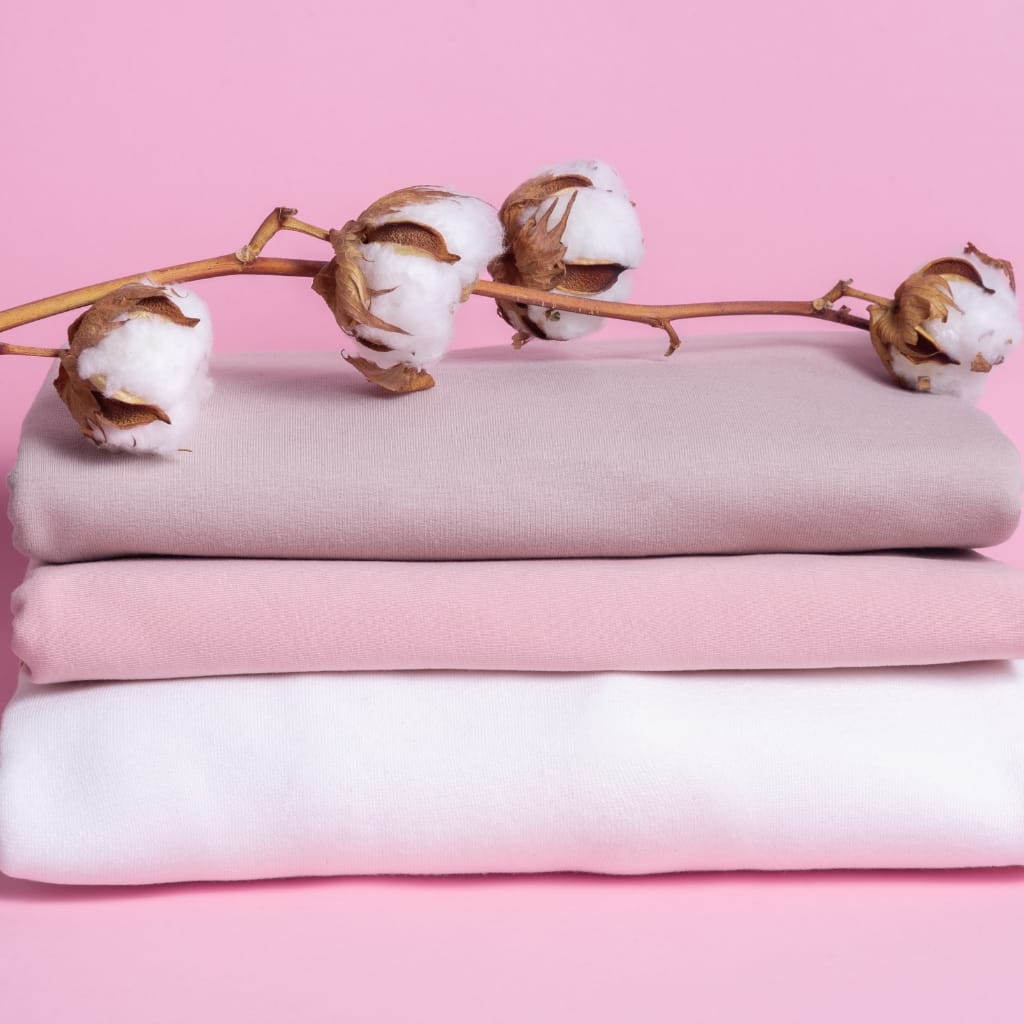
Which Are The Most Common Types of Cottons Fabrics?
“Common cotton fabric” relates with the varieties that are most frequently utilized in textiles, garments, and home furnishings. These types are popular not only due to easy access but also for their multifunctional use and friendliness.
Due to the number of cotton types available world-wide having an array of options, this guide aims at eight trusted favorites that have made their way into wardrobes, homes, and DIY workshops.
| Fabric Type | Texture | Best For | Care Tip |
|---|---|---|---|
| Pima Cotton | Ultra-soft and silky | Premium shirts, bed linens | Wash cold, avoid harsh detergents |
| Egyptian Cotton | Luxuriously smooth and strong | High-end sheets, hotel towels | Gentle wash, line dry for softness |
| Combed Cotton | Clean, smooth, and refined | T-shirts, baby wear | Machine wash gentle cycle, tumble dry low |
| Coarse Cotton | Rougher and thick | Rugs, workwear, canvas products | Wash separately, may shrink slightly |
| Sea Island Cotton | Extremely fine and glossy | Tailored shirts, elite garments | Hand wash recommended, avoid hot water |
| Long-Staple Cotton | Smooth and durable | Everyday wear, bed sheets | Cold wash and low heat tumble dry |
| Mercerized Cotton | Lustrous and color-rich | Embroidery threads, premium wear | Avoid bleach, wash inside out |
| Organic Cotton | Soft, chemical-free texture | Baby clothes, eco apparel | Use mild soap, no fabric softeners |
Pima Cotton
The most distinguishing feature of pima cotton is its extra-long staple fibers, making it extremely soft and durable. It does not pill and loses its vibrant color a lot slower compared to lower quality cotton which makes it ultra soft. Pima cotton is mostly used for upscale clothing like t-shirts and dress shirts, premium bedding, and soft skin-friendly products. Being hypoallergenic makes it excellent for people with sensitive skin. To maintain it softness and a longlasting shelf life, wash it in cold water with a gentle detergent and keep it away from excessive heat.
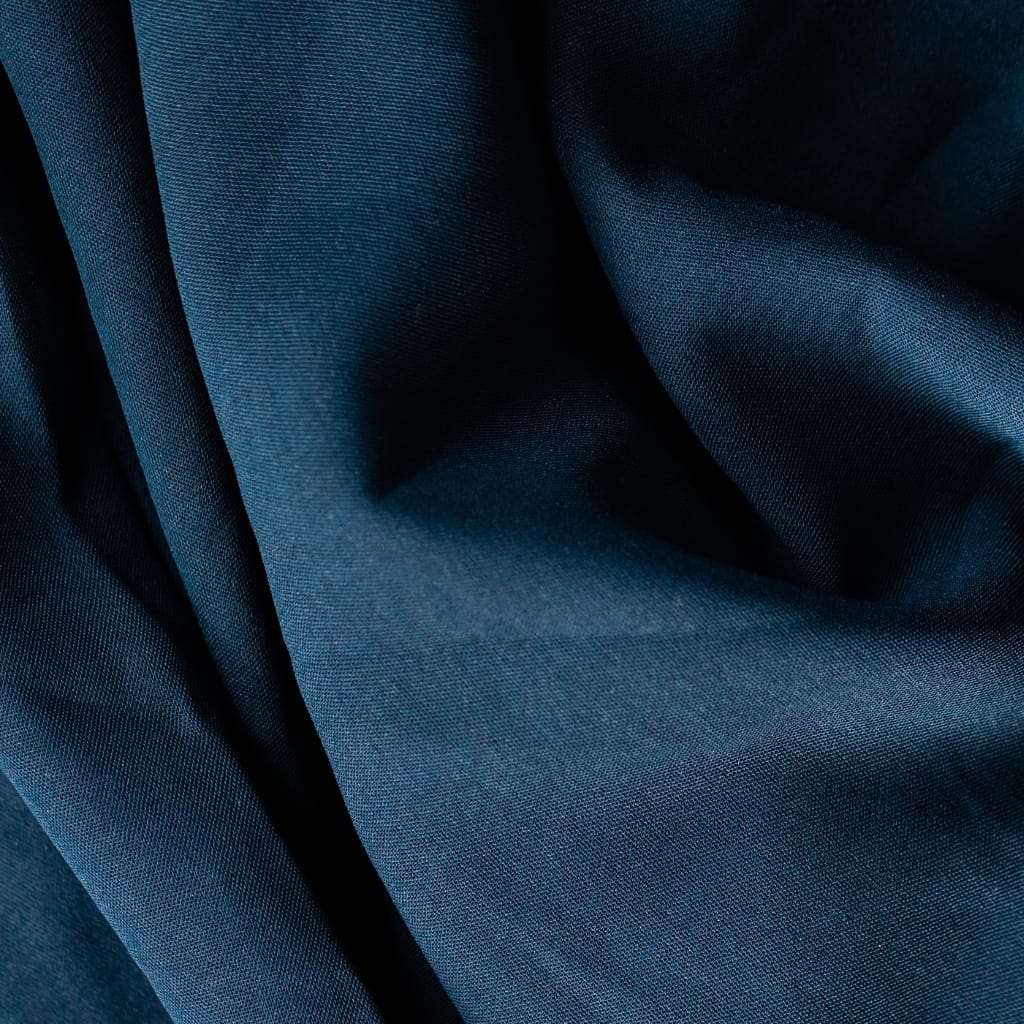
Egyptian Cotton
Considered to be one of the most luxurious varieties, Egyptian cotton is grown in the rich soil of the Nile River Valley. The long fibers leads to smoother and for more durable fabric it. Egyptian cotton is also softer after every wash making it fantastic for hotel-quality sheets, bathrobes and towels. Furthermore, it elegantly absorbs moisture, making it fantastic for bedding. align dry and out it in a gentile wash cycle to gurnatee it preserve the softness and shine of the fibers.

Combed Cotton
In combed cotton, the fibers are processed to remove any short strands or impurities, hence leaving only the longest and smoothest threads. This step also improves the quality of the fabric, making the material softer, more breathable, and less vulnerable to fraying. It is suitable for clothes worn by babies, undergarments, and even casual wear like t-shirts that need to be durable. Combed cotton is perfect for items that rest on the skin. To keep the cotton smooth, wash it in a machine on a gentle cycle and tumble dry on low.
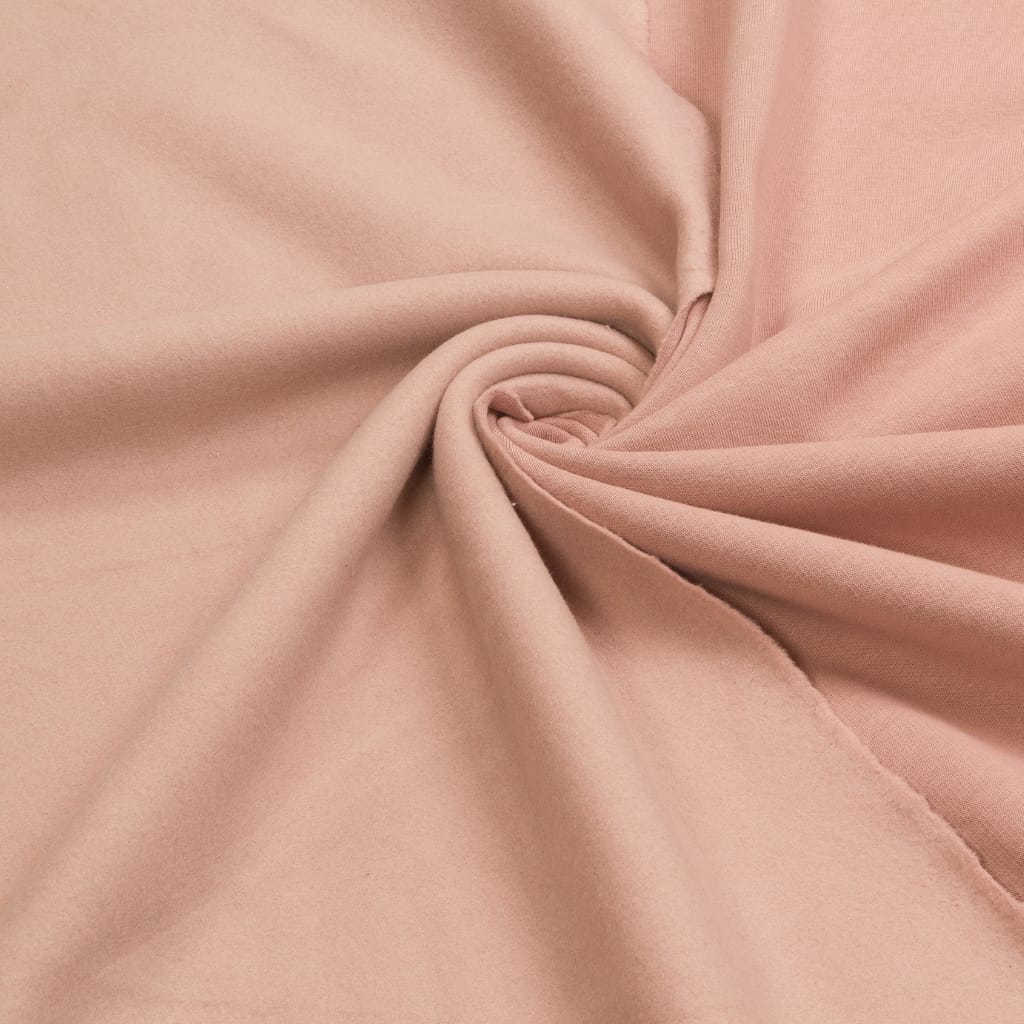
Coarse Cotton
Coarse cotton is the heavyweight champion of the cotton family as it is thicker, rougher, and more durable than the rest. It is not suited for clothing that requires softness, but works best on items that need strength and resilience. These can be found in upholstery, canvas bags, and workwear as well as rugs. While not the best on the skin, it performs excellently in projects where toughness is essential. Because of its structure, coarse cotton should be washed separately, and in cold water. It does tend to shrink a little after the first wash, though.—

Sea Island Cotton
Sea Island cotton is perhaps the rarest form of cotton, being the most luxurious too. Its long staple fibers lend it a glossy appearance, silky touch and unmatched durability while making the weave supremely smooth yet ultra strong. This luxury cotton is Sea Island’s raw offering for bespoke tailoring and high-end shirting. Its softness and fragility demand utmost care, and so the best way to wash its garments would be to handwash or put them in a delicates machine cycle with cool water and some mild detergent.

Long-Staple Cotton
Long-staple cotton refers to cotton fibers that are longer than average and therefore has a smoother, softer, and stronger fabric. This makes it an all time favourite for everyday garments and home textiles such as t-shirts, sheets and pillowcases. Despite not being as premium as Pima or Egyptian cotton, it boasts of its affordability and quality. It’s durable, does not fray or wear out easily, and is practically hassle free for domestic use. Simply put, it’s designed for frigid washes and gentle tumbles at low heat.
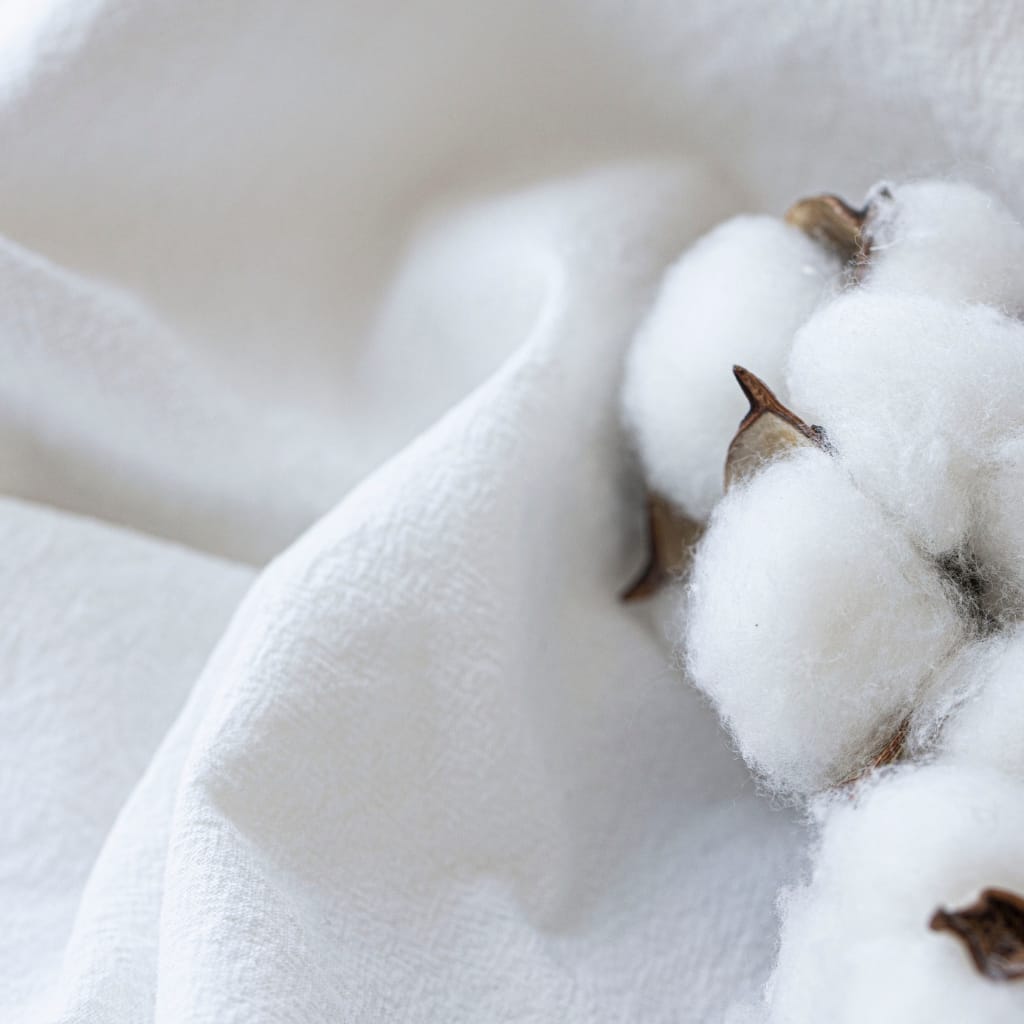
Mercerized cotton undergoes a specific process, increasing its strength along with the lustrous glow that makes it stand out. Further, the process augments the adhesive quality of the material for dyes, ensuring the fabric is and remains smooth, while being resistant to mildew, shrinkage, and wrinkles. Such types of cotton are most commonly found in embroidery threads and fine knitwear. To sustain and protect its vibrancy, items such as mercerized dress fabrics, woven into embroidered pieces, must be washed inside out on a gentle cycle without any bleach.
Mercerized Cotton
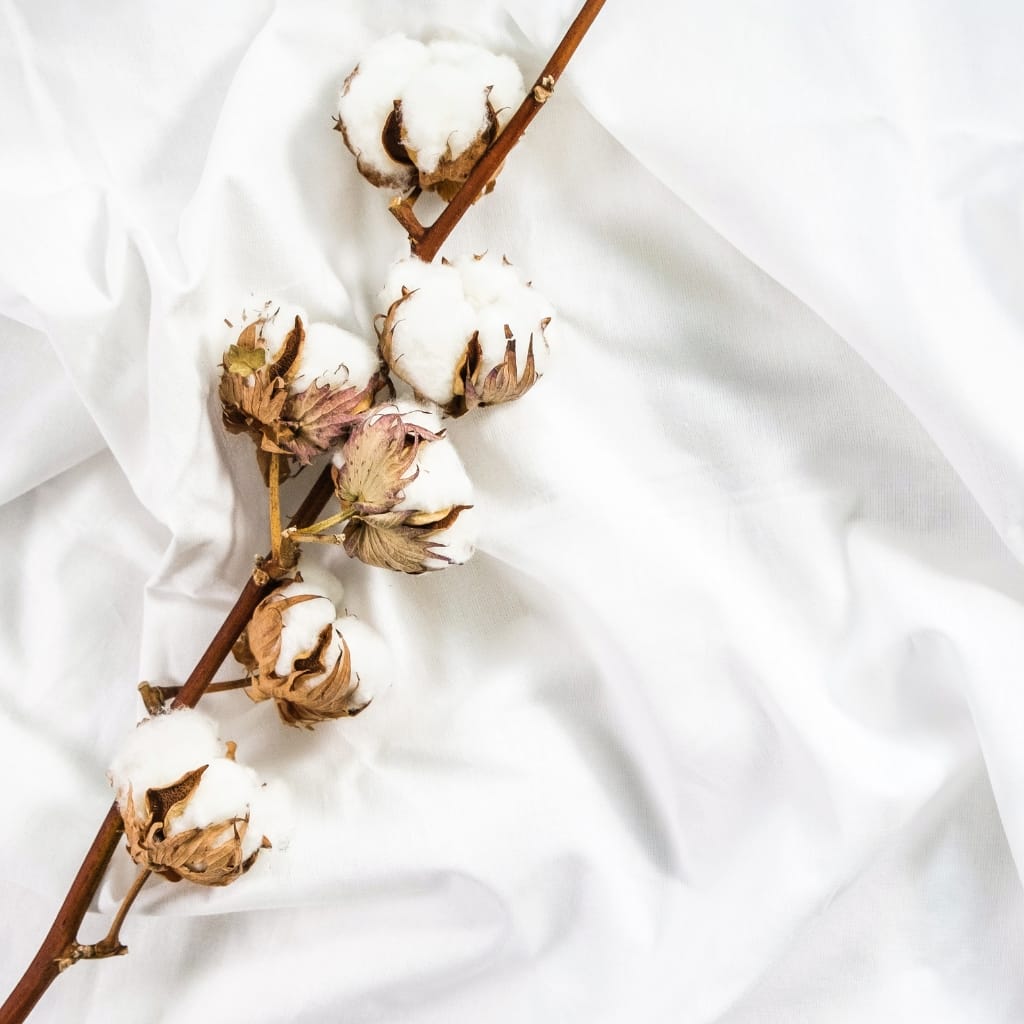
Organic Cotton
Organic cotton is eco friendly as it is grown out of unmodified seeds and without artificial pesticides, herbicides, or GMOs. The fabric is wonderful not just for the environment but also for people with sensitive skin, making it perfectly safe, as it is soft, lightweight, and non allergenic. Items such as baby clothes, toddlers’ skincare bags, eco clothing, and towels become perfect with the addition of organic cotton in their composition. Though it is pricier than most textiles, it aids in ethical farming and bolsters environmental health. To preserve the purity of the cotton, refrain from softeners and use gentle detergents.
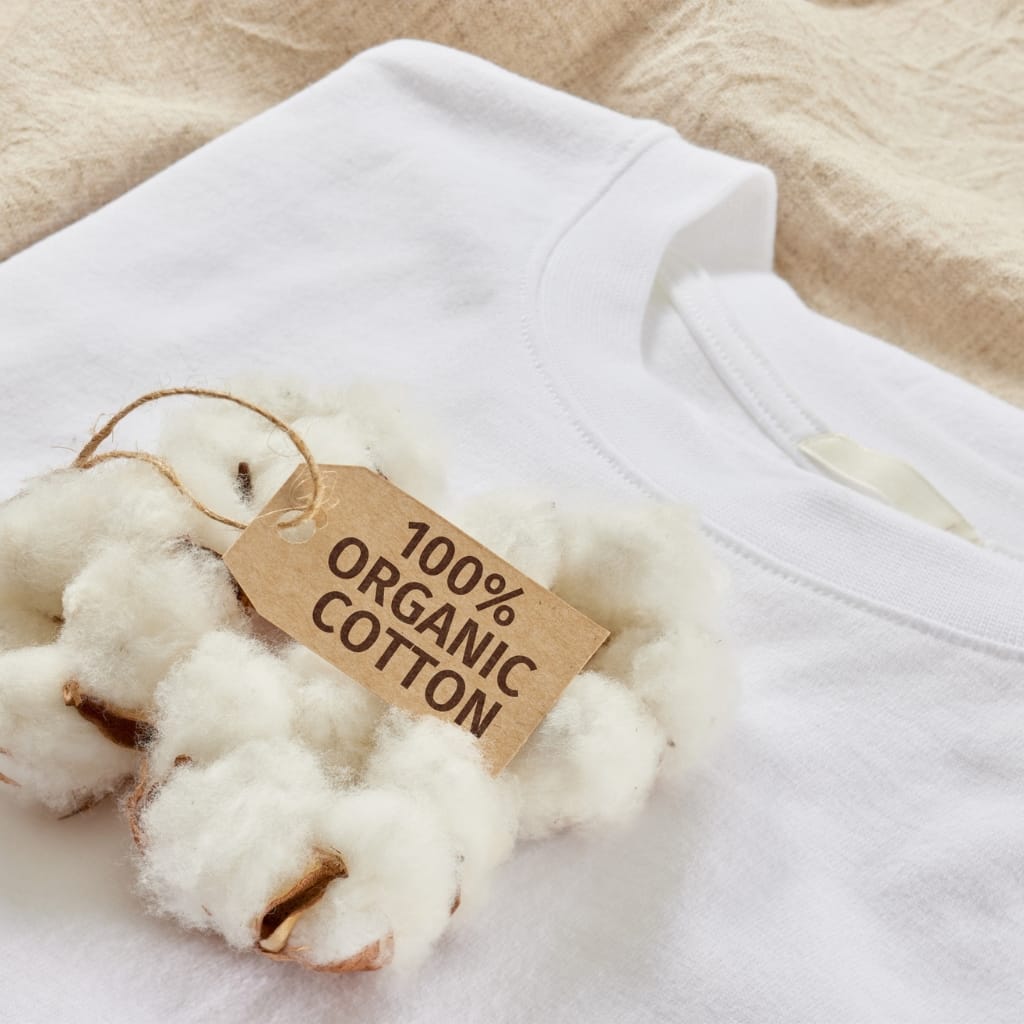
How to Use These Cotton Fabrics in Everyday Projects
Now let’s examine how you can use these types of cotton fabric seamlessly, whether it’s in fashion design or in home decor or in a DIY craft project.
With pima cotton’s soft, buttery touch, class meets comfort. Consider pima for silky t-shirts, fitted tops, or even for premium pillowcases.
Egyptian cotton shines in bedding. If you want to create hotel-level sheets, duvets, or bathroom towels, this is the material to use. It’s smooth, breathable, and gets better with every wash.
Coarse cotton stitches effortlessly into items such as innerwear and everyday basics. The fiber is cleaned to remove short strands-thus making it soft.
Combed Cotton, though rougher, is a workhorse. It can be used for upholstery, heavy-duty bags, rugs, and even aprons. It might not be soft to touch.
Sea Island Cotton is the most exquisite and breathtaking common cotton fabric used for bespoke dress shirts or luxurious blouses, which adds even more charm and elegance to the shirts. This fabric is ideal for designer wardrobes.
Long-Staple Cotton: is unique because of its relatively lower price, while its quality remains uncompromised. This type of cotton is mostly found in high-end casualwear garments and bedsheets, as it offers smooth texture and resilience.
Mercerized Cotton: Is known for adding luster to fabrics and is mostly used for decorative stitching as well as embroidery. Logo embellishment of clothing or other dress wear has become much simpler because of it. It is also known to easily take in dyes, which helps enhance the vibrance in your colors.
Organic Cotton is an eco-friendly option because it doesn’t contain toxic chemicals. This type of cotton is perfect for wraps and bathrobes, tote bags, and for use in constructing garments.
Cotton Fabric Based Common Projects You Can Try
Because of it’s numerous features, cotton can be utilized in an endless amount of both creative and functioning projects. In fashion, different types of common cotton fabric serves a particular need. Sea Island cotton for example, is a silky fiber that is durable, which makes it one of the best cotton types for making tailored shirts. Cotton that is soft and breathable is called combed cotton, which makes great loungewear as it feels nice against the skin. For formal occasions, dress made from mercerized cotton which has a glossy look will surely stand out as it is ideal for making luxury dresses.
Moving on to home decor, Egyptian cotton reigns supreme in high-end bed linens for their luxurious feel and long lasting durability. Table linens also require durability and distinction which long-staple cotton can provide for special dining settings.
In the baby and kids category, soft organic cotton that is chemical free is ideal for protecting sensitive skin with blankets. Muslin is light, breathable and often used for making burp cloths while combed cotton is great for gentle snug fitting onesies.
Dreams of mercerized cotton make every crafts and DIY enthusiast jump with joy, and for a good reason! After all, it can be used for embroidery projects likehoop art or decorative pillows. Functioning at a higher level, coarse cotton or canvas cloth makes for custom durable tote bags and aprons. These not only reward the users with practicality, but are great examples of creativity to admire.
For personalization, handkerchiefs can be adorned with names or messages and given as gifts. These, along with embroidered bookmarks, or framed common cotton fabric art, can serve as great options to show heartfelt love. Personalized creations are possible because of the mercerized cotton’s ability to absorb bright, lasting dyes.

How to Work with Cotton: Pro Tips on Techniques and Tricks to Treat It Right
As beginners delve into the world of crafting, cotton fabric tends to be the most common choice for materials. Due to its forgiving nature, it is often recommended. However, anything made from cotton has a unique charm if treated right, which makes taking care of it essential when tackling a crafting project. One of the basic steps includes pre-washing the cotton fabric before cutting and sewing. Exceeding expectations during the work, especially for organic types of cotton, ensure no unwanted shrinkage occurs.
When dealing with tools having the correct needle selection is important. Voile and combed cotton benefit from sharp, fine needles as they slice through the fabric without inflicting harm to the fibers. For heavier fabrics such as coarse cotton or canvas, use a heavy duty or denim needle to avert stitch skipping and breaching the material.
Storing the fabric is equally important especially when dealing with bulk buys or remnants intended for future projects. Cotton fibes should be folded and placed in a cool dry place, away from direct light. This will ensure the fibers do not yellow, fade, or develop mildewed stains over time.
As a rule of thumb, always remember to use gentle soap on washing untreated or premium cotton. The use of harsh chemicals can lead to softening the fibers, discoloring the fabric or leading to quick fabric damage. Taking care of your cotton in the right way ensures the end products not only possess an appealing aesthetic but can withstand the test of time.
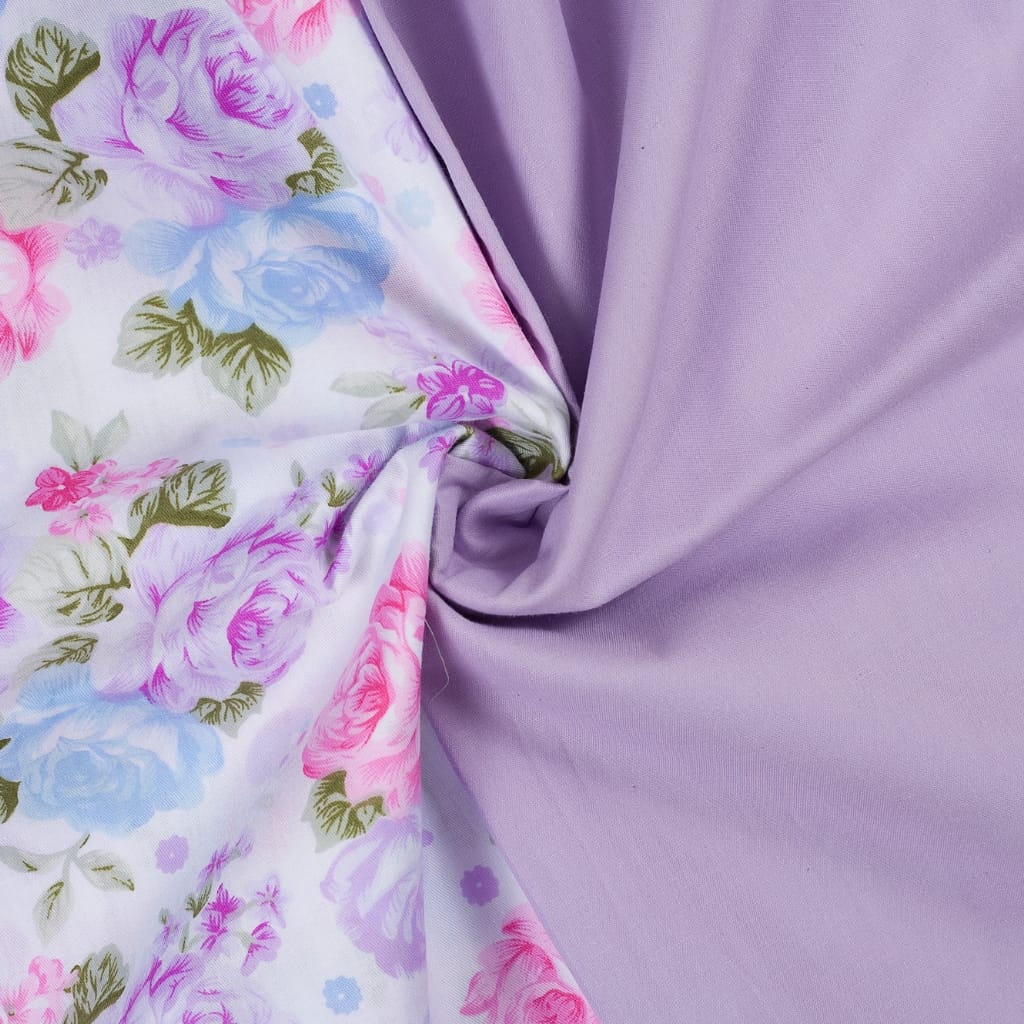
Conclusion: The Weave of Endless Opportunities
Understanding varieties of fabrics, specifically common cotton fabric types, opens doors for exploration and creativity. Business shirts to baby blankets, cotton transforms ideas into reality. Its versatility is what makes it a staple.
The right project paired with the right type of cotton enhances the experience for the user.Whoever wears, sleeps or touches it, your work will not only speak for itself but will exceed expectations as well, provided you care for the fabric properly.
FAQs
Pima is grown in the U.S. and known for softness; Egyptian cotton, from the Nile region, is prized for strength and sheen.
Yes, it’s grown without harmful chemicals and is ideal for sensitive skin or eco-conscious consumers.
Not always. Upholstery needs tougher fabric like coarse or canvas cotton, while clothing prefers soft and breathable cotton.


